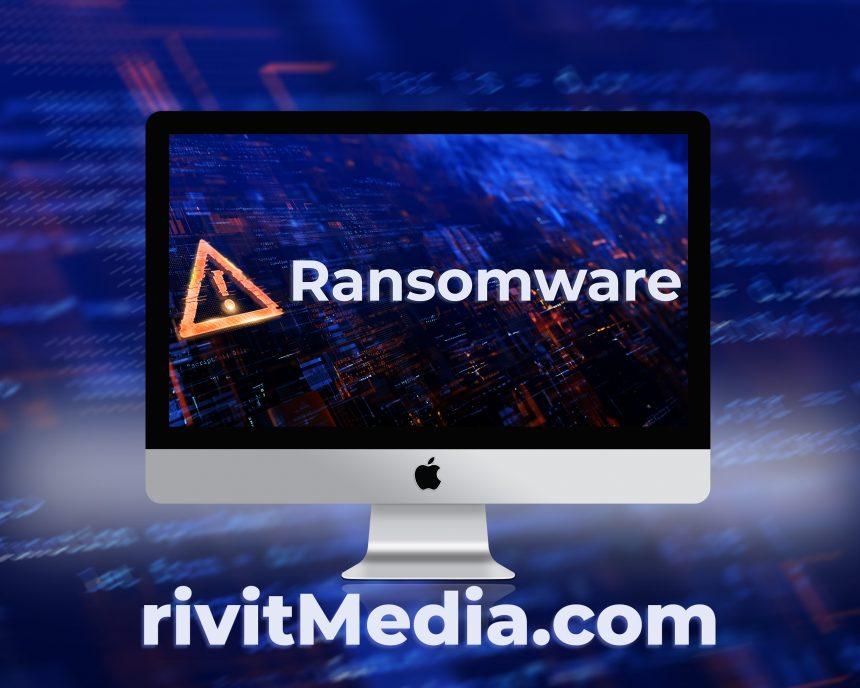In the ever-evolving landscape of cybersecurity threats, the emergence of BlackBit ransomware poses a significant challenge to individuals and organizations worldwide. Stemming from the notorious Loki Locker ransomware variant, BlackBit has swiftly garnered notoriety for its sophisticated encryption techniques and the dire consequences it imposes on its victims.
Introduction to BlackBit Ransomware
First identified in September 2022, BlackBit ransomware shares its lineage with Loki Locker, but it distinguishes itself with unique characteristics that demand attention. Upon infiltrating a system, BlackBit encrypts files, appending the “.BlackBit” extension along with the victim’s ID and a contact email address, typically spystar@onionmail.org. This encryption renders the files inaccessible to the user, prompting panic and distress.
Operational Mechanics of BlackBit
BlackBit employs a dual-notification approach to communicate with victims. A ransom note, often named “Restore-My-Files.txt,” is placed within the encrypted directories, providing detailed instructions for contacting the ransomware operators. Additionally, the malware modifies filenames by adding the contact email and victim’s ID, making the encrypted files easily identifiable.
Victims are coerced into contacting the attackers within 48 hours to avoid facing a ransom increase, adding to the urgency and pressure they experience. The ransom note further emphasizes the consequences of non-compliance, including permanent data loss and potential damage to the hard disk.
Detection and Similar Threats
BlackBit ransomware presents a significant detection challenge due to its encryption techniques and evolving nature. Antivirus software may detect it under various names, including but not limited to:
- Trojan-Ransom.Win32.BlackBit
- Ransom:Win32/BlackBit.A
- W32/Filecoder.BlackBit!tr
- etc.
Similar threats such as Loki Locker, Ryuk, and Maze ransomware exhibit comparable behaviors, emphasizing the need for robust cybersecurity measures to combat such malicious entities effectively.
Removal Guide for BlackBit Ransomware
Removing BlackBit ransomware from an infected system requires a systematic approach to ensure complete eradication and data recovery. Here’s a comprehensive guide:
- Isolate the Infected System: Disconnect the affected device from any network to prevent further spread of the malware.
- Identify and Terminate Malicious Processes: Use Task Manager or a similar utility to identify and terminate any suspicious processes associated with BlackBit ransomware.
- Enter Safe Mode: Reboot the infected system into Safe Mode to minimize the malware’s ability to execute.
- Backup Encrypted Files: Before proceeding with any removal attempts, backup encrypted files to prevent permanent data loss.
- Utilize Antivirus Software: Run a thorough scan of the system using reputable antivirus software to detect and remove any remaining traces of BlackBit ransomware.
- Manual Removal of Registry Entries: For advanced users, manually remove any registry entries related to BlackBit ransomware using Registry Editor.
- Restore from Backup: If available, restore the encrypted files from a secure backup to regain access to your data.
- Seek Professional Assistance: If unable to remove the ransomware manually, seek assistance from cybersecurity professionals or reputable IT support services.
Preventive Measures
Preventing future infections of BlackBit ransomware and similar threats requires proactive cybersecurity practices:
- Regularly update software and operating systems to patch vulnerabilities.
- Educate users on identifying phishing attempts and other common attack vectors.
- Implement robust backup protocols to ensure data is securely stored in multiple locations.
- Employ endpoint protection solutions and firewalls to detect and block malicious activities.
- Exercise caution when opening email attachments or clicking on links, especially from unknown or suspicious sources.
- Consider deploying intrusion detection systems (IDS) and intrusion prevention systems (IPS) to enhance network security.
In conclusion, BlackBit ransomware poses a significant threat to digital safety and data integrity, necessitating a multi-layered approach to detection, removal, and prevention. By understanding its operational mechanics and adhering to best cybersecurity practices, individuals and organizations can mitigate the risks associated with such malicious entities and safeguard against future attacks.





